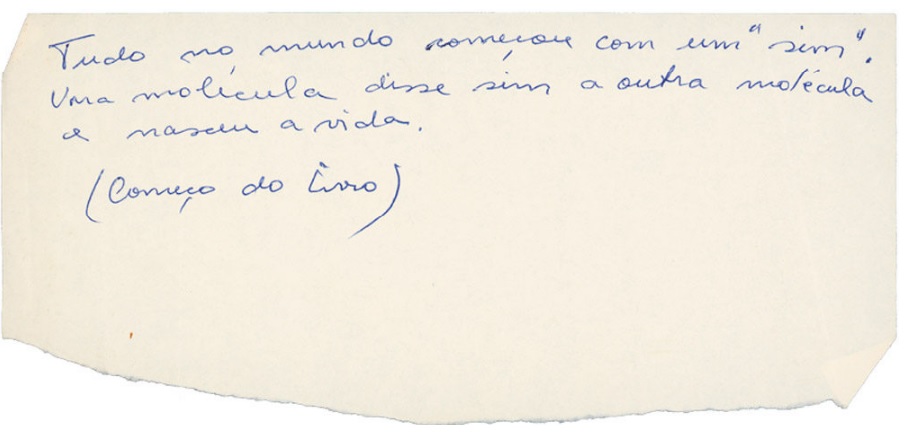, 40 Years of The Hour of the Star. IMS Clarice Lispector, 2017. Disponível em: https://site.claricelispector.ims.com.br/en/2017/02/15/40-anos-de-a-hora-da-estrela/. Acesso em: 26 July 2024.
One of Clarice Lispector’s most translated books, The Hour of the Star was published almost 40 years ago by the José Olympio publishing house in October of 1977.
The Rocco publishing house, which as of 1998 assumed the republication of Clarice’s works, is preparing a special volume to celebrate the occasion. Expected to arrive in bookstores in May, the hardcover publication will include six essays written by scholars of the author, among them Nádia Gotlib, Eduardo Portella, Colm Tóibín, Hélène Cixous, and Paloma Vidal.
With a new look, the book will also have an extra section with a facsimile reproduction of the novella’s manuscripts. A part of these manuscripts, in the care of the IMS since 2004, has been scanned and can be accessed here.

In addition to the originals for The Hour of the Star, the Clarice Lispector Collection, which is entirely catalogued and available for research in person, is made up of the manuscripts of the novels A Breath of Life and Água Viva, family correspondence, two paintings by the author, LPs, photographs, negatives, and a personal library with around one thousand items, such as books and periodicals.







